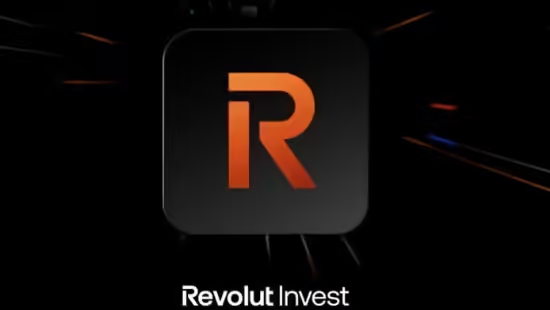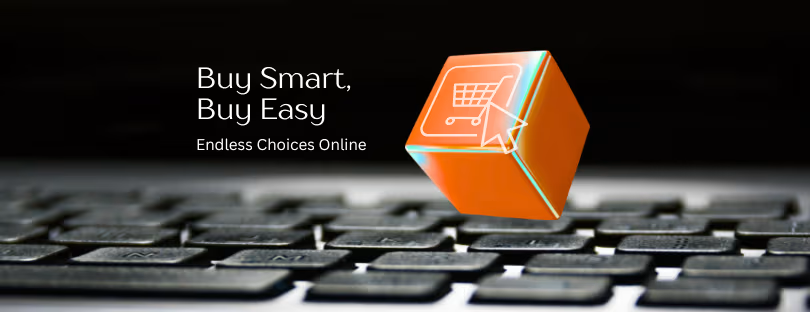
eSIM Technology and Fintech: Convenience or Control?
In the fast-paced world of fintech and digital banking, we’ve begun to notice an intriguing trend: the rising adoption of eSIM technology. Once merely a hassle for travelers and tech aficionados, embedded SIMs, or eSIMs, are now being bundled into financial services by fintech companies and neobanks. esim fintech neobanks
This raises an important question: are these organizations genuinely focused on enhancing customer experience, or is there a more complex strategy lurking beneath the surface?
What Are eSIMs and Why Do They Matter?
Understanding eSIM Technology
eSIMs stand for embedded SIMs, a technology that allows users to switch carriers without needing to physically swap out SIM cards. This can feel as liberating as shedding a heavy backpack after a long hike.
- Convenience Features of eSIMs:
- Seamless Network Switching: Switching networks with just a few taps.
- Travel-Friendly: Ideal for digital nomads and frequent travelers.
- Reduced Clutter: No more fumbling with tiny SIM cards.
The eSIM Revolution in Finance
Why are fintechs and neobanks so eager to tap into this technology? It appears to be a natural extension of their services, aimed at meeting the needs of mobile, tech-savvy consumers. But let’s unpack this further.
The Driving Forces Behind eSIM Adoption
Enhancing User Experience? More Like User Control
At first glance, it seems that incorporating eSIM technology merely serves to enhance user experience. After all, who wouldn’t appreciate the ability to access banking apps while traveling without the hassle of switching SIMs? However, we must dig deeper.
- For Travelers: eSIMs offer ease when accessing mobile networks abroad.
- Accessibility: Users can manage their mobile communications directly through a financial app.
Data is the New Currency
Let’s face it; in today’s digital age, data is king. By offering eSIMs, fintechs gain access to critical insights about their customers:
- User Location: Understanding where users connect.
- Network Preferences: Insights into how users interact with different carriers.
- Device Usage: Generating data on device behavior and needs.
Privacy Concerns: A Trade-off for Convenience?
With deeper data insights comes the inherent question of privacy. Consumers may find themselves wondering: are they really getting more convenience, or are they giving away more of their personal data?
- Potential Risks: Increased exposure to data breaches or misuse.
- User Trust: Will customers continue to trust fintechs with their sensitive data?
The Ecosystem Lock-in Strategy
Creating a Financial and Telecom Ecosystem
Fintechs are not content to be just digital banks anymore. By embedding themselves into customers’ telecom choices, they begin crafting ecosystems where their services are essential. Think of it as them building their own highways while everyone else just drives on them.
- Integrated Services: Banking and telecom capabilities in one app.
- Brand Loyalty: As users become more dependent, switching becomes a chore.
The Risks of Overextension
Despite the allure of broadening service offerings, there are risks involved:
- Core Competencies: Are they moving into areas lacking their traditional expertise?
- Dilution of Focus: The danger of spreading resources too thin.
Examples of Fintechs Offering eSIM Services fintech neobanks
To ground this discussion in reality, it’s important to look at how fintechs and neobanks are currently implementing eSIM technology. Several fintech companies have already embraced this trend, giving us a glimpse into both the potential and pitfalls of this integration.
Revolut’s eSIM Offering fintech neobanks
Revolut, one of the most well-known neobanks, made headlines when it launched its eSIM service for users in 2023. By offering eSIMs directly within the app, Revolut aimed to make it easier for customers to stay connected while traveling, particularly targeting digital nomads and frequent travelers. The service allowed users to switch between local networks seamlessly without the need for physical SIM cards, offering affordable data plans in over 150 countries.
User Response: While some customers applauded the convenience and affordability, others raised concerns about privacy and the potential for hidden fees. Many users also noted that while the service was great for data usage, there was limited functionality for making traditional voice calls, which could be a drawback for some.
N26’s Approach to eSIM Integration
N26, another prominent digital bank, has been exploring the potential of eSIM technology to streamline onboarding and verification processes for new users. By using eSIM capabilities, N26 customers can receive instant mobile verification, making the setup of their bank accounts even faster. This move is a natural extension of N26’s mission to make banking more accessible and user-friendly through digital tools.
User Response: N26’s eSIM integration has received positive feedback, particularly from tech-savvy users who appreciate the added convenience. However, there has been some criticism around the learning curve for less tech-oriented customers, who may find the process of activating an eSIM confusing without proper guidance.
Monzo’s Partnership with eSIM Providers
Monzo, another popular UK-based digital bank, has recently started partnering with third-party eSIM providers to offer its users travel-friendly mobile data plans. While Monzo doesn’t have its own embedded eSIM service like Revolut, the bank has recognized the need to provide seamless connectivity options for its customers, especially frequent travelers. By allowing users to activate eSIMs through partner services directly from the Monzo app, the company offers a streamlined experience without having to venture into telecom services directly.
User Response: Monzo users have appreciated the convenience of these partnerships, particularly when traveling abroad. The integration with trusted third-party eSIM providers ensures flexibility without the need to manage physical SIM cards. However, as this is a third-party offering, some users have noted that the in-app experience can feel disjointed compared to a more integrated service like Revolut.
Curve’s eSIM-Enhanced Payment Ecosystem
Curve, a fintech app that consolidates all your payment cards into one, has also begun exploring the use of eSIM technology to enhance its mobile payments ecosystem. By integrating eSIM capabilities, Curve aims to provide users with the ability to make payments and access customer support without the need for traditional mobile networks, particularly for users who frequently travel or live in areas with limited carrier options.
User Response: The reception has been generally positive, especially among frequent travelers who rely on Curve’s one-card-for-all approach. Users appreciate the added convenience of not worrying about mobile connectivity when managing their finances abroad. However, some users have expressed concerns about the complexity of setup and potential issues if Curve’s eSIM offerings were to fail in regions with limited network coverage.
Orange Bank’s Telecom Expertise
Orange Bank, which is a subsidiary of the telecom giant Orange, has a unique advantage when it comes to eSIM adoption. Orange Bank integrates directly with its parent company’s telecom services, allowing customers to use eSIM technology effortlessly while benefiting from exclusive mobile plans. Since Orange Bank is closely tied to an established telecom operator, the experience is highly streamlined, offering a seamless connection between banking services and mobile network management.
User Response: Orange Bank customers have reported a more reliable and smooth experience, largely due to the company’s expertise in telecommunications. The integration between financial services and mobile networks feels natural, especially for users already familiar with Orange’s telecom offerings. However, some users in countries where Orange’s network is less prominent have noted a lack of flexibility compared to services like Revolut, which operates across multiple carriers.
Examining Customer Costs and Hidden Fees esim fintech neobanks
The Fine Print of eSIM Promotions
While fintechs brand eSIM services as “free” or “low-cost,” the underbelly of the offer often tells another tale. The potential for hidden costs is something customers should consider closely.
- What to Watch For:
- International data fees
- Charges for network switching
- Additional bundled services that may seem appealing but could add up.
Convenience vs. Control: The Ultimate Question
In the end, we can’t deny that the push for eSIM technology by fintechs reflects a wider trend fueled by the need for connectivity in our fast-paced world. Integration of finance and telecom seems like a logical step. However, the real question lingers: Is this move about enhancing user experience or asserting control?
User Dependency and Ecosystem Risks
As we smoothly integrate services, the potential for user dependency grows. Are customers unwittingly becoming too reliant on a single provider?
- Things to Consider:
- Long-term trade-offs may outweigh the short-term conveniences.
- Increased costs and the potential for monopolistic behaviors could emerge.
Conclusion: A Double-Edged Sword?
The surge in eSIM adoption among fintechs and neobanks isn’t just about embracing technology—it’s a deliberate move to strengthen customer ties and gather invaluable data. While the appeal of seamless connectivity is undeniable, consumers must weigh the long-term costs against the short-term convenience.
Ultimately, the question isn’t just about whether eSIM technology enhances user experience but about who truly benefits from this deeper integration. As fintechs continue to blur the lines between banking and telecom, the real challenge for consumers is to ensure they maintain control over their choices—and their data. What do you think? esim fintech neobanks











